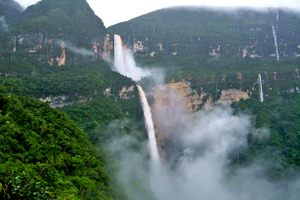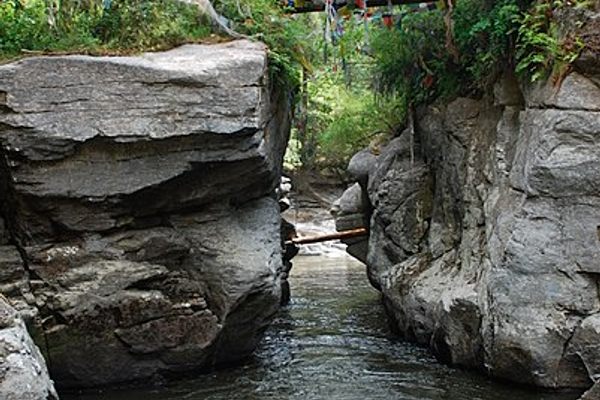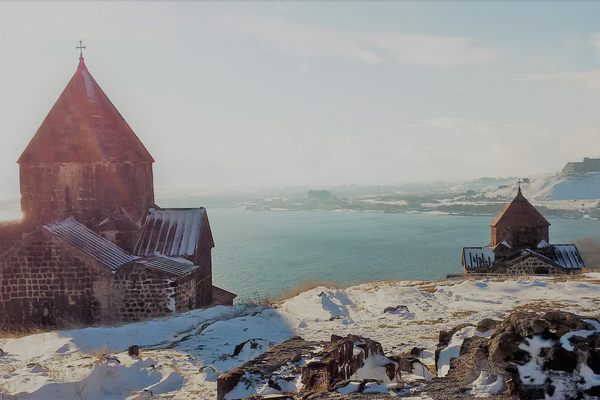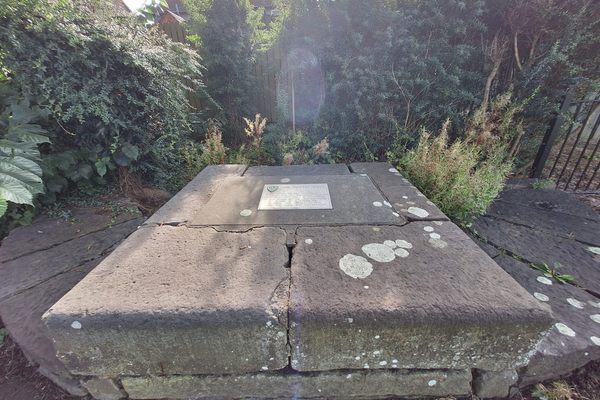About
The Pozo de Yanayacu, which translates to "black water" well, was built to protect a sacred source of water that, according to local legend, was unleashed from the barren rocks by a magical archbishop who would later become a saint.
Back in 1581, Toribio Alfonso de Mogrovej arrived in the town of Paita on the north coast of Peru. The Spaniard was the new Archbishop of Lima, a city 560 miles to the south. Why he got off the boat in Paita is anyone’s guess, but it was presumably by choice. As a former chief judge of the Inquisitorial Court of Granada, Mogrovejo was not the kind of man you chucked off a boat against his will.
Mogrovejo set off on foot toward Lima, battling the dry coastal heat and baptizing the natives along the way. He arrived in Lima on May 24, 1581, and immediately set about reforming his huge archdiocese, which stretched some 400 miles along the Peruvian coast.
As it turned out, the former Inquisitor soon became known as a champion of indigenous rights. He made sure the "Indians" were treated with equality, and was a righteous fist of reform when it came to ousting the many scandalously corrupt members of the existing clergy.
With his archdiocese put to rights, Mogrovejo began making pastoral visits to other parishes across Peru. At some point he arrived in the recently founded Andean town of Chachapoyas, about 400 miles north of Lima. It was here he would have his Gandalf moment.
Seeing that the locals were suffering from a severe water shortage, Mogrovejo strode up the side of Cerro Luya Urco, a hill to the west of the town center. Here, he struck the rocks three times with his crosier staff. Water immediately began to spout up from the previously barren ground, quenching the thirsts of the joyous townsfolk. That’s how the legend goes, at least.
The stone structure that surrounds the well today was built in 1793, about two centuries after Toribio Alfonso de Mogrovejo came to Chachapoyas. Its construction was likely overseen by another Toribio: the Chachapoyas-born professor and priest Toribio Rodríguez de Mendoza. His initials seem to be engraved on a stone tablet to the side of the well, which also bears religious images and the date of the well’s construction.
Another local legend surrounding Yanayacu (which means “black water” in Quechua) states that any single man who comes to Chachapoyas and drinks from the well will stay in Chachapoyas forever, enchanted by the local women. That seems unlikely for now, however, as the well appears to be dry.
As for Toribio Alfonso de Mogrovejo, he continued to travel across Peru, evangelizing the locals and castigating the corrupt. Legend has it that he predicted the exact date and hour of his own death, which turned out to be on March 23, 1606. He was later canonized as a saint by Pope Benedict XIII in 1726.
Related Tags
Community Contributors
Added By
Published
January 12, 2018

























